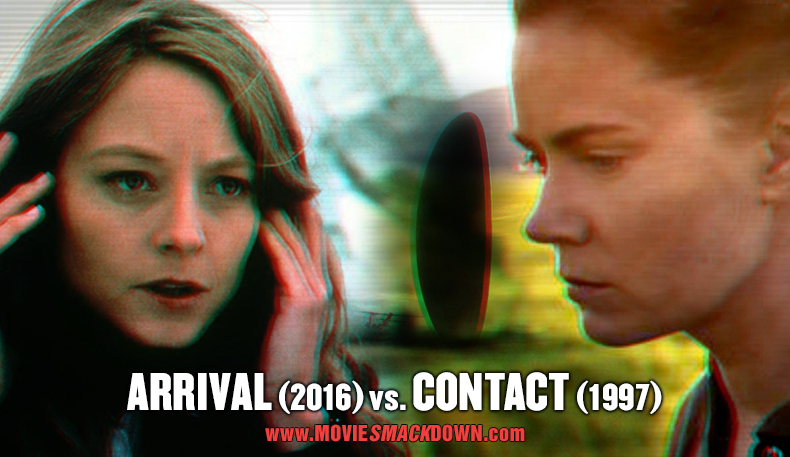
 The Smackdown
The Smackdown
Arrival is a big, fat Smackdown target, given the boxes it checks from other classics. Aliens arrive in massive ships all over the world like they do in Independence Day. It has a brainy female scientist who is desperately needed so that clueless authorities can understand how aliens talk, as in Contact. It’s got Interstellar’s shifting reality and its spacey interpretation of the parent/child relationship. It also comes complete with a mother grieving a lost child, as in Gravity. It even has the U.S. government setting up in remote places to talk to these giant alien hovercraft like they did in Close Encounters of the Third Kind.
That would be check, check, check, check and check. Which is another way of saying that Arrival clearly has arrived with ambition to stand among some very powerful, important films even if there is a bit of Frankenstein-type borrowing stitched into its fabric.
Try this for a logline: A brilliant woman interested in communication is chosen to lead a global response to extraterrestrial contact and is changed forever by the experience.
Yes, that’s the high concept behind Arrival, coming soon to a theater near you. But it’s also the idea behind Contact. That’s why they go into the ring together for this one.
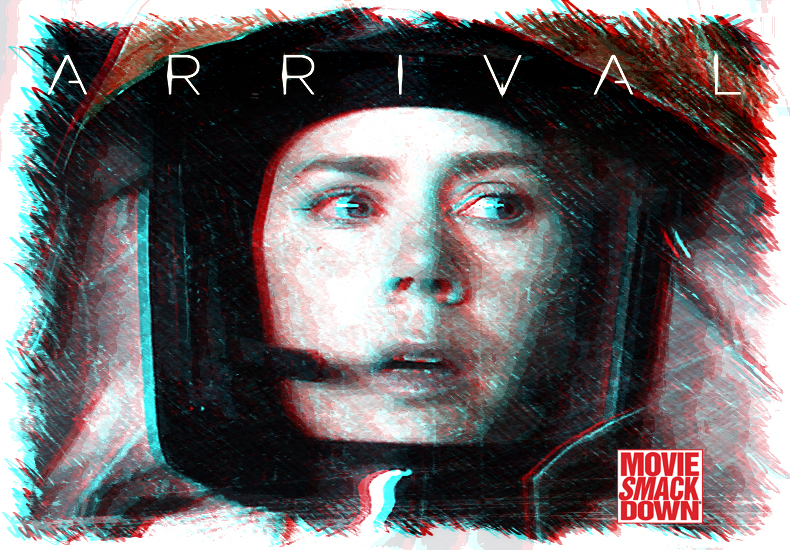
The Challenger
Since we’ve already laid out what Arrival is, here’s what it isn’t. It’s not a big alien invasion blockbuster, despite what its YouTube trailers might lead you to believe. You actually are going to have to think about this one in order to penetrate its world fully.
The film began as a short story, “Story of Your Life†by Ted Chiang, got turned into a screenplay by Eric Heisserer, and ended up on the big screen under the direction of Denis Villeneuve. Together they’ve turned out something that explores some fascinating ideas, with a look that is beautiful and at times challenging. Oh, and it’s got a Rod Serling twist.
Amy Adams plays college linguistics professor Dr. Louise Banks, and when me meet her she is sad and just going through the motions. Through flashbacks, we see that Louise had a daughter who died of cancer. The girl’s father is a scientist, we learn, but he’s not around these days.
When extraterrestrials show up, we just know that A) Amy is going to be needed, and B) her emotional tragedy over her child will have to be a part of this film.
Amy gets drafted by the military to travel to one of 12 alien ships, this one hovering over Montana. Her job is to work with Forest Whitaker’s Colonel Weber and a physicist played by Jeremy Renner. We know that Amy and Jeremy’s characters are super-smart because she acts with very little make-up and he wears glasses.
These people try to get the aliens to fess up on some basic questions. What is their purpose here on Earth? Where are they from? And if Donald Trump wanted to build a wall to keep them out, who would pay for it?
The Defending Champion
Contact, the film directed by Robert Zemeckis, is a far more faithful adaption of Contact, the novel written by Carl Sagan, than most book-to-movie adaptations can claim. Sometimes that’s a good thing, sometimes not, but in this case, it means the story is set on tested and solid ground.
This is a sprawling canvas set before us, and the film’s reputation has grown over the years.
In both the book and the film, radio astronomer Dr. Ellie Arroway (Jodie Foster in the film) hits the cosmic jackpot when the giant radio telescopes that are part of S.E.T.I. (Search for Extra-terrestrial Intelligence) actually turn up a non-random signal from across the universe. Someone is talking to us or, more accurately, talking back. You see, they’ve picked up the very first television transmission the Earth ever leaked outward, amped it up and sent it back to us.
It’s an excellent surprise and — without spoiling it — let’s just say that the first TV signal that went out from Earth is, well, unexpected. It kicks the film into territory where no movie has really gone before.
The characters, however, often feel stock. The hero must be impeded by standard blocking devices, in this case, White House advisers played by James Woods and Angela Bassett, and Tom Skerritt, whose character steals credit for all Ellie’s work. There is also the non-standard religious leader played by a young and folksy Matthew McConaughey with the hots for the blonde scientist.
The whole movie hinges on the twist that the signal buried in that TV re-transmission is, basically, the blueprint for building a gigantic spacecraft… for one person! Well, if there was ever a situation designed to stretch our humanity to the breaking point, it would be trying to determine who’s going to be that lucky (or, in failure, unlucky) astronaut. Where will they go? Will they ever return? Will they die? Is it some kind of trick? If it is a one-way trip, would it be possible to send Donald Trump?
The Scorecard
Twenty years on we still want these damned extraterrestrials to announce their presence and deliver the goods. We want to check a box ourselves. We are not alone. Contact resorts to preachiness far more in its quest for audience wish-fulfillment than does Arrival, which resorts to mind-bending trippiness far more than its predecessor.Where they diverge in tone, the two films converge on their depiction about the nature of the alien contact by giving us aliens that are not monsters. In fact, they each seem to want to give humankind something that will change us, or at least welcome us to the greater universe.
I just saw Arrival at the Telluride Film Festival where it played multiple times to audiences that had high anticipation for it, and for Amy Adams’ in-person festival tribute. Most people seemed impressed with the film, but there was an audible minority walking out of the theater who just didn’t take to it.
While Arrival wants to reach for 2001: A Space Odyssey in tone, Contact wants to drive its message home, even if it pushes the film into preachiness. This cuts in favor of Arrival. When it comes to sci-fi, we generally prefer to have our minds blown than our souls hammered.
Let’s consider Louise versus Ellie, our two brainy scientist/intellectual women who just exude gravitas, since they are characters inhabited by two wonderful actresses in their prime. It was Jodie Foster back in 1997 for Contact and now, nearly twenty years later, it’s Amy Adams in Arrival.
Foster’s Ellie has Daddy issues. Adams, as Louise, has kid issues. Both get dealt with, but Contact has more clarity about what is really going on. Arrival is more challenging, yes, but it’s also more likely to leave some people scratching their heads.
You’ll get a chance in each film to see the female protagonist go head-to-head with the alien intelligence. This also cuts for Arrival, given the beautifully creepy moment of first contact with the aliens, called Heptapods. They are big, seven-fingered beings, lurking in mist and writing in some inky squid-like script. In Contact, they communicate with ones and zeroes.
Both films deal with the issue of Disclosure, forcing me to disclose that I’ve written a book on the topic. Capital “D†Disclosure is when the whole world basically wakes up at the same time to the fact that we are not alone and there is another intelligence out there in the universe that is knocking on our door.
Arrival gets across these concepts through interstitial news bits about looting, stock market plunges, military exercises, etc. Contact did less of that, preferring to discuss these issues in debates between their characters.
Both films have twists at the end that put into question the nature of reality in the universe, of space and time, and the nature of our relationship to other intelligent life-forms. They are challenging pieces of sci-fi, but neither is perfect. What they both have, however, is a scope that runs from global to personal and makes you think about your own life in the context of this overwhelming news that the universe is a very big place that we are a very small part of.
The Decision
Contact, drilling deep on the ideas of Sagan and Zemekis, turns out in the end to be a metaphor for faith. Arrival, spawned by the ideas of Chiang, Heisserer and Villeneuve, also draws from Sagan, Zemeckis, Spielberg, Emmerich, Nolan and many others, recombines their DNA into something that feels both new and familiar simultaneously, and turns out to be a metaphor for living life in the present.
I’m a sci-fi geek from forever and I liked both of them. Arrival, for all its polish and sizzle, does lack the singular originality of Contact. Still, because of its ambition and its more artful blend of the universal with the highly personal, Arrival is the better film.

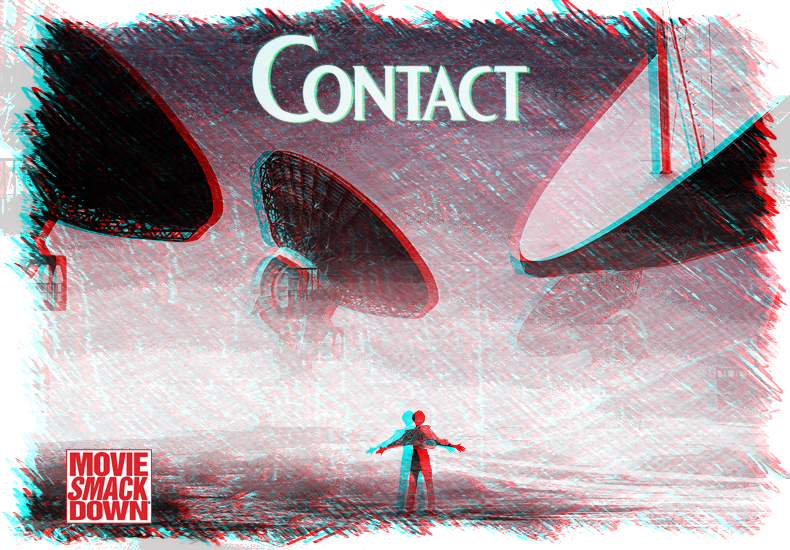

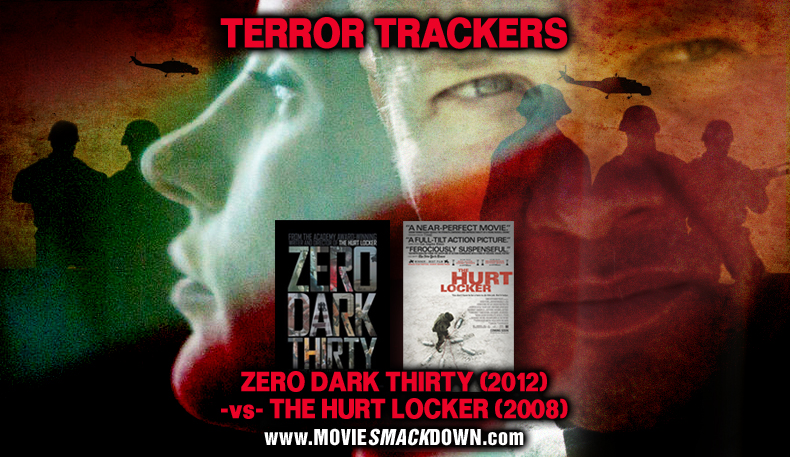
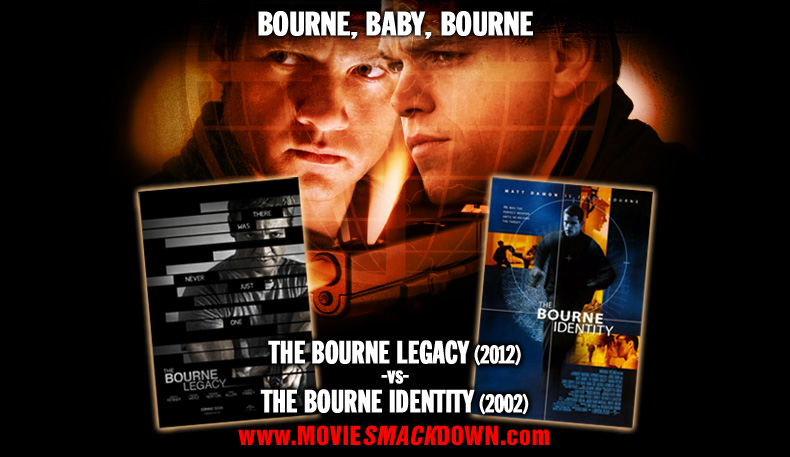
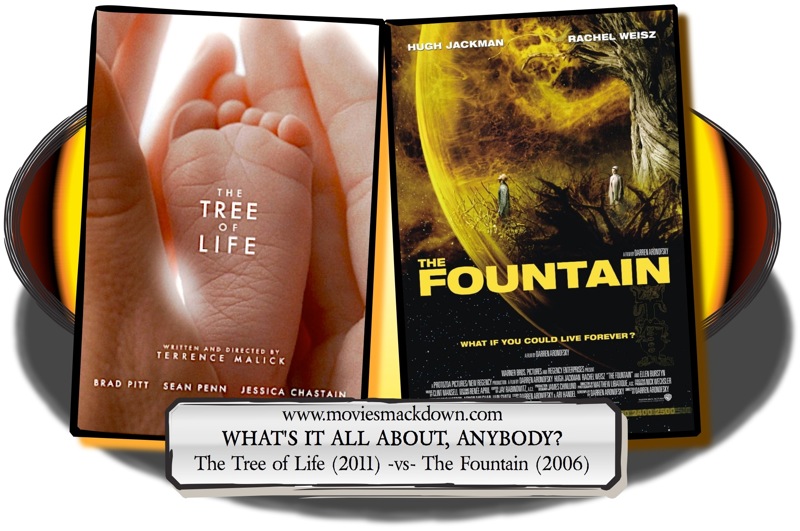
Nicely written piece. I think I agree with the conclusion but maybe not for all the same reasons.
Contact is a far more by-the-book conventional Hollywood film, not surprising coming from Zemeckis who was always very at home making films with broad audience appeal. This isn’t necessarily a criticism – it’s a very well made example of this kind of storytelling, especially with Alan Silvestri’s gentle, almost naive score evoking that warm sense of wonder which is so nostalgic of 80s and 90s cinema. Possibly the only innovations in this film that pushed the boundaries a little were the excellent epic opening shot, creating a sense of scale of the universe that reminds us of Carl Sagan’s own famous “small blue dot” speech, and several other long camera moves throughout the film which worked in a similar vein.
But for me what let the film down back then and still does today, is the constant hammering on the faith vs science tension by characters throughout the film, many of whom feel like empty script sock puppets only there for this reason alone. Yes, the question of where the line is drawn between faith and knowledge is a theme of the book, as well as the challenges that receiving a contact message from an extraterrestrial civilisation would pose to established religions. But in the film this all comes across as heavy handed and somewhat ham fisted most of the time, to the film’s detriment – and certainly with less subtlety than in the book.
Arrival avoids this weak chain in the link of its storytelling because the characters have a richer sense of depth and credible backstory. It also largely dispenses with the depiction of the general public’s shock and reaction to events early on in the film, convincingly done, and after which we are drawn mostly into the inner circle of the main characters on the front lines. From that point on, any existential questioning, awe or fear we experience is mostly through their eyes at close quarters, without the need for scenes of revelling believers or cardboard cutout fundamentalist protesters, as is the case in Contact.
Where Arrival falls down however compared to Contact, is in the central premise of its science fiction. The concept of a non-linear language inducing in whomever learns it the capacity to step outside of linear experience of time pushes the film more to the science-magic end of the spectrum than science-fiction. This isn’t helped either by the fact that the whole idea rests on the long-discredited Sapir/Whorf hypothesis – the idea that languages don’t just describe what we perceive, but create the limits of what we actually can perceive. This hypothesis was never actually even formally stated, and only became popular as an idea because of a poetic anecdote of Eskimo languages having many words for different kinds of snow, an idea that sounded so compelling that it entered into the popular psyche regardless of the fact that it was never rigorously examined nor found to be a credible hypothesis, in philosophy nor in linguistics.
So it feels to me that Contact remains better actual science fiction, for the simple reason that the science of its fiction is more plausible and sound. Whereas Arrival, while not as good science fiction because it dips too far into fantasy for its premise to work, still remains a better film because of its stronger and more mature storytelling.
It will be interesting to see how the two films play up against each other 20 years from now when they’re both old, so any possible bias towards the more contemporary feel of Arrival because it’s newer won’t be a factor anymore. It could turn out that after some years have passed Contact might hold up a little better, even despite its weaker characters and preachier script.
On a side note, I also wonder about what a comparison of the somewhat underrated 2010: The Year We Contact and Arrival would be like. Both films have a lot in common, but in a different way than Arrival and Contact. They both evoke the geo political tensions of their times when faced with a bigger-than-us extraterrestrial event (the Americans and the Soviets in 2010, the Chinese, Europe and the US in Arrival). And in their own ways they both also make interesting attempts to depict the frustrating unknowability of mysterious alien life, what it may be like and what it may be trying to do. Whereas in Contact, we’re given a simpler and more palatable portrayal of a handshake with a benevolent civilisation which may be beyond us, but knows how to talk to us nonetheless. Feels like 2010 might still give Arrival a run for its money in its handling of these particular themes.
I’ve seen this movie before. Like about ten years ago. I can’t find any mention of it being a remake. Maybe I was time traveling. Lol
Ironically, there’s an evocation of Arrival (2016) in the 1:44 (hour:minute) in Contact (2007), the Japanese drawing.
“If it is a one-way trip, would it be possible to send Donald Trump?”
Wow! Talk about your liberal views in a movie review
To bad we can’t send you with Hillary….ha ha ha
How come you conservatives are always such sensitive babies about stuff like this? I’m sure you complain about the movie reviews at that rag Breitbart for their bias right? Tool.
Just going for a cheap joke during election season, that’s all. Don’t make too much of it. 🙂
You will enjoy this slow-paced sci-fi story if you keep an open mind, if you don’t have the attention span of a goldfish and if you don’t mind not having everything explained to you. This is not an Independence Day kind of movie.
This is good old fashioned cerebral, heady, thought-provoking science-fiction. It’s also a somber picture; one that tries ambitiously to meld the heart with the mind. It mostly works, though in spite of what many are calling a formulaic plot (it’s necessary, I think, and part of a larger theme). Amy Adams is basically herself but with the usual variations; this is her as stern, determined, soft-spoken thinker, broken or maybe always has been. It’s a subtly engaging performance, the kind Adams has been doing great work with for a while now. The score is foreboding and ominous, fitting in not just with sci-fi history but also the kind of emotional tinkering Arrival plays with. Villenueve is a master of slow building suspense using striking and casual compositions in alternating rhythms. I wish Renner had been given more to do, more depth, more anything really. And I really wish the decoding of the language wasn’t glossed over in a montage. It was built up as an incredibly complex and nearly impossible task, and then suddenly they had made really good progress with it. A few more minutes could have done wonders here.
FINALLY… some big budget, exciting, NON-SUPERHERO movies.
Ignoring your framework of all the checkboxes for the moment, I would simply decide which is the better movie based on the amount of actually entertaining content contained within the two hours of celluloid or, more likely, digital file. While there are a lot of one-to-one comparisons between the two films and a comparable thematic summary, there’s just plain more going on in “Contact” than “Arrival.”
There are more plot points. We get the same “decoding the message” sequence and that lonely conclusion where there’s this one woman who understands a truth that isolates her, yet there’s so much more in “Contact.” For one thing, she actually goes on the journey, not just the metaphysical one. When a right-wing nut blows up the machine, it’s actually destroyed, and then there has to be a plot twist that makes the deus ex machina credible, which I found S.R. Hadden to be. (By contrast, in “Arrival” the heptapods just keep their distance but bring Amy Adams up again anyway.) The opening three minutes of “Contact” alone is incomparable. And it’s a better-made movie. While some things are a matter of subjective preferences, I’d say the filmmaking in “Contact” is crisper than “Arrival”s impressionist sequences, and that’s even subtracting the flash-forward moments. “Contact”s score is certainly more dynamic and memorable than all the whole-note cello pieces. There’s a much bigger and more interesting cast in “Contact” than the narrowly-focused one in “Arrival.” The only tie in my mind is Jodie Foster vs. Amy Adams which merely results in an argument for polygamy (never mind that Amy Adams was raised Mormon).
Looking at the bottom line, “Arrival” has that great twist of the flashbacks actually being flash-forwards, but in the end it comes down to a quid pro quo separated by three millennia between aliens and humanity. “Contact” pulls off a more complex reversal of placing the scientist in a position in which she has to ask others to have faith in her when she has no evidence to offer but her own testimony. It also connects the theme of “Contact” all the way through the story: Arroway’s attempts to connect with her dad, Joss (Matthew McConaughey in the movie) trying to connect with her, and the obvious one of the aliens connecting with humanity. “In all our searching, the only thing we’ve found that makes the emptiness bearable, is each other,” he/it tells her.
Don’t get me wrong. I liked “Arrival,” but it certainly wasn’t as rich in content or inventive as “Contact.” Some people can enjoy a movie that’s primarily about character, but I prefer movies with a lot of plot points, and of the two, only “Contact” is effective at both. Run this survey again after “Arrival”s newness has worn off, and “Contact” will (still) be the winner.
—
Some unrelated thoughts (more literary than cinematic):
*The time-travel device from “Arrival” is suspiciously similar to that of Billy Pilgrim in “Slaughterhouse-Five” in that she can see the future of her life (even her death, it’s implied). Even her resignation to the inevitable is right out of that story. Oh, and there’s an alien race involved, of course.
*Frank Herbert’s short story “Try to Remember” has the identical premise of aliens landing and telling humans to communicate them. I can’t give away more than that without spoiling it, but it’s very, very similar to “Arrival” in that there are properties of the language that are transcendent, although in this case it isn’t that it grants us time travel.
*Finally, while you describe “Contact” as a “faithful adaption” of the book, I would point out that there are a number of significant differences. Sure, it follows the story arc, but things are presented much differently. For example, Palmer Joss plays a much smaller role and never directly in the plot, and the character is much less sympathetic and more of a parody of the carnival aspects of religion (e.g., tent revivals, snake-handling, etc.). It does a good job of addressing James Woods’ character’s hostility toward the prospect of benevolent aliens. Also, rather than a lone scientist rocketing off to the stars, it’s a coalition of five who mirror the U.N. or perhaps Star Trek. (“Arrival” seems to pick up this with 12 instead of 5, even if the movie version of “Contact” neglected it.) Finally, the ending is much, much different, and worth the read to see what the aliens leave Ellie Arroway with as incontrovertible evidence that she had actually met them. The book also has room to expand upon the underlying science.
Finally! Apparently we’re the only two people who have read Frank Herbert… This infographic is more thoughtful and interesting than the motion-picture “Arrival”: https://i.kinja-img.com/gawker-media/image/upload/s–FmPUJb9m–/c_scale,f_auto,fl_progressive,q_80,w_800/18lv9yyg1pimcpng.png
In your comparison between Contact and Arrival, you forgot to mention the “box check” of the obligatory “right-wing/religious nut job “who sabotages the spaceship with a bomb. 🙂
Maybe that’s because if you haven’t seen the movie, you might not want to know about that MAJOR plot event!!!